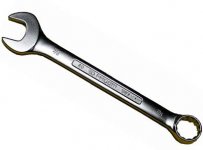Marv02
Well-known member
I get it now stock my 1986 is a 230 HP 330 TQ yes it has more power than your 205 HP motor but if you going to dump some cash into it look into some used heads cams get the car to breath als if you can get rid of the cats.
I have to keep the cats out here to meet smog.
keep a wacth on the used part lsting or make a thread on good flowing used heads WTD someone mite have a set for cheep.
And yes a better intake would help but not cheep.
Don't forget about getting it chipped for the mods.
I have a guy I FWD his info PM if you like to get a hold of him He owns a injector Comp he has helped me out a lot.
I have to keep the cats out here to meet smog.
keep a wacth on the used part lsting or make a thread on good flowing used heads WTD someone mite have a set for cheep.
And yes a better intake would help but not cheep.
Don't forget about getting it chipped for the mods.
I have a guy I FWD his info PM if you like to get a hold of him He owns a injector Comp he has helped me out a lot.
But that's the thing, I wasn't saying I wanted a 10 second car. Like I said earlier, it was metaphorical not literal. And I know I'd need a lot more than 250, I'd need about 750 to be more accurate.
Anyway, should have the gasket for the intake tomorrow, replace it, and then see if it runs any better.









